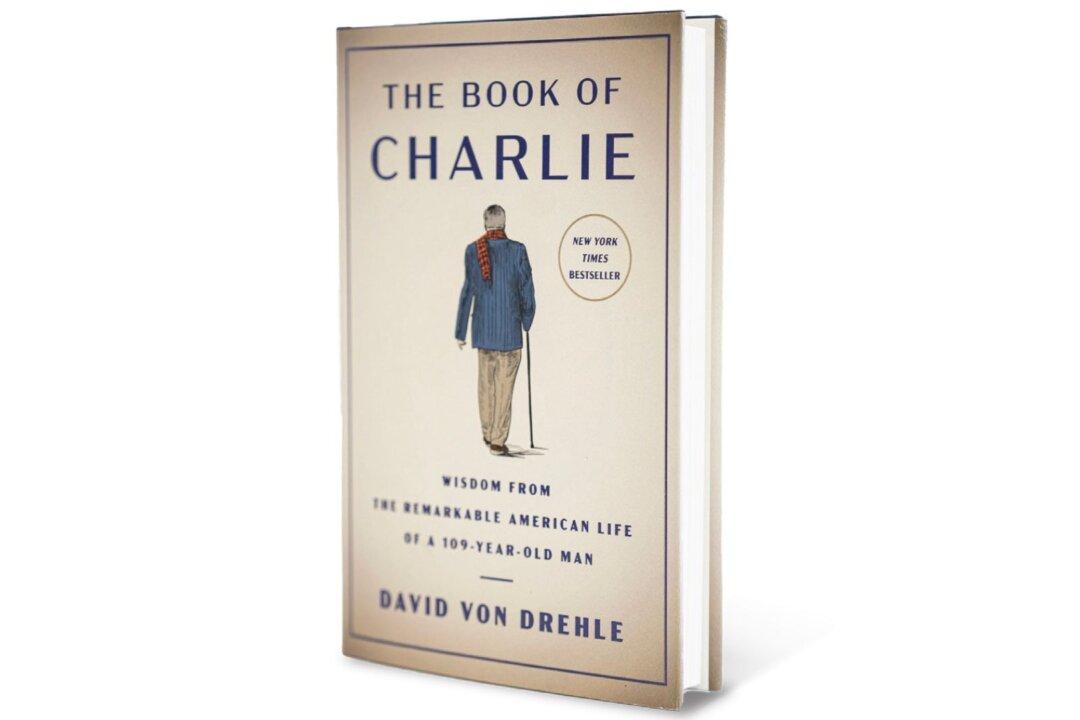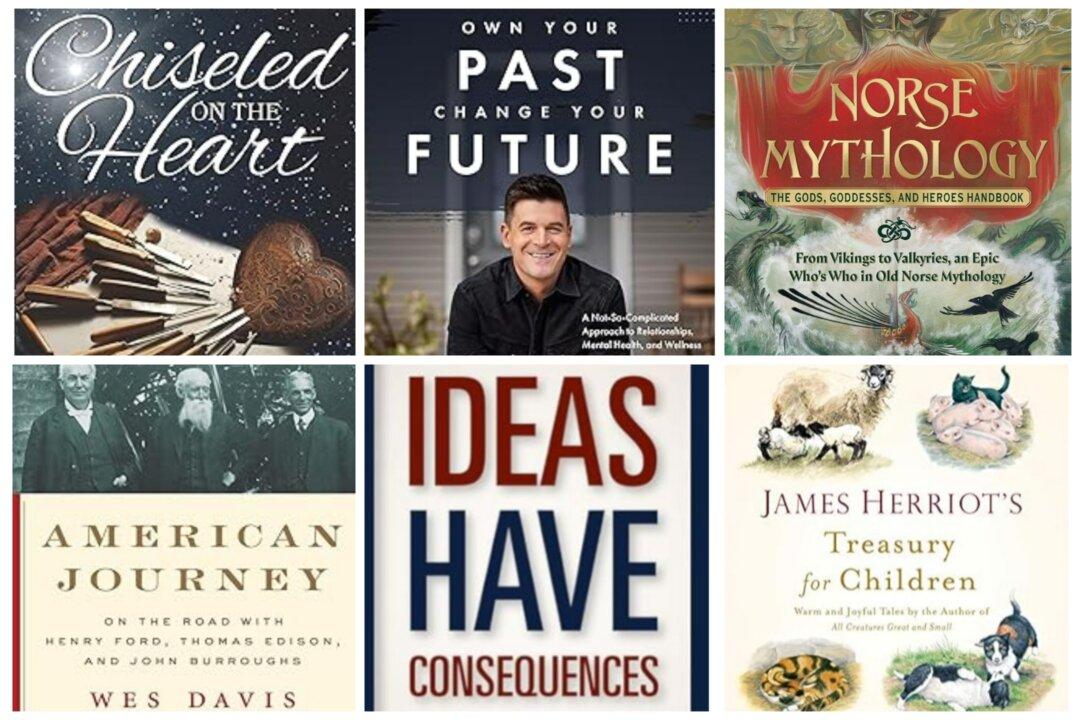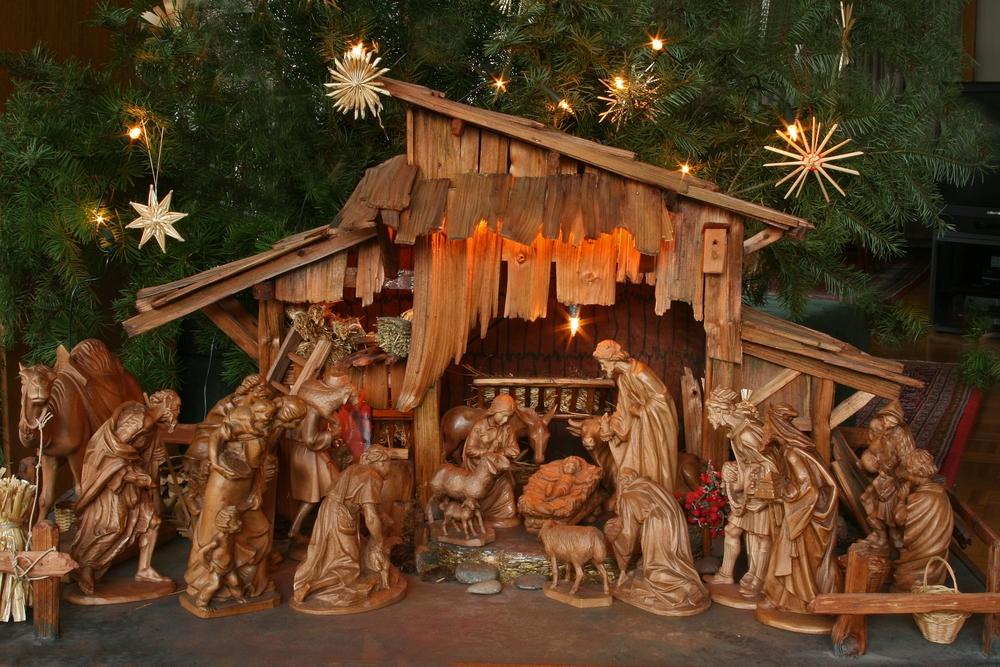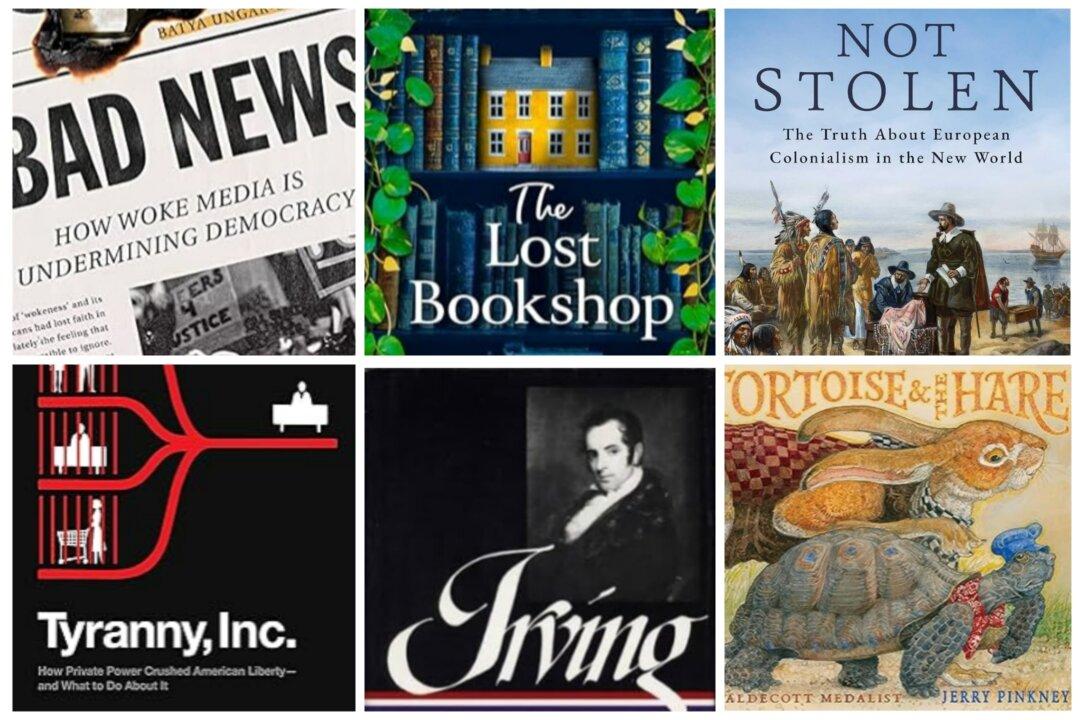Slow down, we move too fast now.
Sometimes it’s good to stop and stare, soak up nature, and remind ourselves that we’re part of a complicated, grander design.

Walking through the woods is wonderful. But if you prefer the comfort of viewing nature from a sitting position, try a scenic train ride.

One of those, the Great Smoky Mountains Railroad, captured our attention, and so on a recent extended weekend, we headed from Warrenton, Virginia, to Bryson City, North Carolina, a trip of some 500 miles.
As a side note, if you’re of the persuasion that the trucking industry is a dying animal, see for yourself as you navigate I-81. This is truck heaven highway. It’s also the main way south out of Virginia.
Truck traffic aside, the rolling verdant hills of southwest Virginia’s farmland are lush, a velvety green carpet dotted here and there with grazing cattle, horse farms, and roadside antique stores and outdoor markets.

Marvelous Marion
We didn’t push all the way and spent the first night in Marion, Virginia. This lovely town is roughly 100 miles southwest of Roanoke. We stayed at the General Francis Marion Hotel (GFMHotel.com), a historic boutique hotel. It was named for the town’s namesake, a Revolutionary War hero, and officially opened in 1927. Built by local businessmen, it stands today, many parts of it unchanged as a nostalgic step back in time. The hotel lobby’s registration desk is the original.
You’ll receive a ring with two room keys—one modern and the other vintage. Don’t lose the beautifully crafted antique one or there is a serious charge. That one is shared to experience a bit of historical ambiance.
The card room has the original floor. It’s fascinating to look at the border, made of large tiles, each displaying a different illustration of a playing card. And then there are the riotous roosters pictured having a bubbly cocktail. This was a “code word” during Prohibition that drinks were available here.
While the rooms have modern bathrooms, the guest room doors, woodwork, bathroom doors, and closet doors are all original. Cozy and comfortable, the old hotel exudes charm.
Like many of Virginia’s smaller towns, the main street is historic in character, colorful, friendly, and inviting. Marion is no exception.

There are plenty of restaurants within walking distance of the hotel, and on your way, you’ll be greeted by local musicians—lots of bluegrass.
I’m no food critic but I will rave about my appetizer choice. No, not fried pickles—a southern delicacy that has yet to capture my culinary tastebuds—but certainly on the menu bearing its namesake. I went for the crab dippers with Cajun remoulade on the side. The only way I can describe these meatball-sized balls of delectability is to say that they are cheese poppers on steroids.
Filled with a crab and shrimp stuffing plus cream cheese and jalapeno peppers, then fried to a delicate crispness, these were a tasty treat that I would return for—kudos to the chef.
The carnitas tacos were superb—beautifully displayed and equally tasty. Yes, I indulged in dessert—mandarin orange cake—white, moist, fluffy, and dotted with orange. Decadent.
Our daughter, Sophia, phoned me while we were dining, checking to see if we were still alive. From my description, she decided that we had landed in a “hipster” place. No doubt and pleasantly so.
Smiling, happy, and very full, we rolled out of The Wooden Pickle. If you’re ever in Marion, give it a try.

On to Bryson City
We chose a route that took us from southwest Virginia through a tip of Tennessee before entering North Carolina. It was a bit misty and drizzly going through the Appalachian Mountains, but there was breathtaking scenery through chiseled gorges and panoramic valleys. There are also a few tunnels.The Great Smoky Mountains form the backdrop for many of the towns that you will pass getting closer to Bryson City.

Meaning “white lily” in Cherokee, Cullowhee is once such town. Towns and rivers bear many Indian names. Located right in the heart of Western North Carolina is Cherokee, a culture, a people, and a sovereign nation.
Located in Swain County, Bryson City boasts a population of 1,450 (as of the 2018 census). This area is more than 87 percent national forest so it’s no wonder that it has garnered the reputation as the adventure capital of Western North Carolina.

It’s an outdoor enthusiast’s paradise for hiking, biking, camping, fishing, tubing, white water rafting, horseback riding, walking, painting, taking photographs, and on it goes when appreciating the natural beauty that you will find here whether at Deep Creek or the Nantahala Gorge or Fontana Lake or the Tsali Recreation Area, to name a few.
The main part of town is bustling with restaurants, gift shops, ice cream stores, a gallery, and several microbreweries.

Dee Browning/Shutterstock
We arrived on a Saturday with plenty of time for town touring and to locate the train station. We were there for the Great Smoky Mountains Railroad Nantahala Gorge Excursion leaving on a 4 1/2-hour ride the following Sunday morning.
One word of caution. When I booked online, I failed to note that there are three Stonebrook Lodges—one in Cherokee, one in Bryson City, and the other in Murphy. All of these places are within a 30-mile radius or so of each other but it was disconcerting to arrive in Bryson City and find that our reservations were in Cherokee.

The staff was most accommodating and we were able to stay in Bryson City, but it was one of those scheduling messes that I’m glad happened in daylight and not at the end of a long day’s driving and at night. I’m glad we had opted to stay in Marion the night before.

With 25 years of experience, Tommy Thomas specializes in bamboo fly rod restoration. He had several before-and-after examples of his craft, no doubt a sought-after skill for those treasuring vintage rods that need some tender loving care.
Thanks to the culinary creativity of chef Charlie McAlexander, we had a meal to rival the best we’ve had in Virginia. The menu, which includes scrumptious breakfast offerings, has a good children’s selection. For the adult gourmet, the offerings are memorable and it’s hard to pick an appetizer and entrée, let alone dessert. The wine selection is excellent.

It was an anniversary, so I started with a cocktail as a special treat. Called the lavender lemon drop, it was picture perfect when placed in front of me—Absolute Citron, Grand Marnier, lavender syrup, lemon, and perhaps fairy dust, as it was magical.
Should you happen to find yourself at The Bistro in the Everett Hotel in Bryson City for dinner, don’t pass on the dates as your appetizer choice. What are they? Bleu cheese-stuffed and bacon-wrapped Medjool dates with a honey drizzle. Nothing less than divine.
A chef special that evening was grilled scallops sitting on a bed of delicate grits with wonderfully sauteed greens.
Reservations are needed as seating is limited so book ahead, but do go there if you are in Bryson City.

Time for the Train
Don’t be one of the disappointed ones, book ahead for your trip on the Great Smoky Mountains Railroad (GSMR.com). Tickets include parking in the large lot that is well-staffed. Arriving a bit early doesn’t hurt if you want to be closer to the station as hundreds will soon be swarming the area.There are six classes of seating from open-air gondolas to all-adult first class. Several years ago, we took another scenic train ride leaving out of Elkins, West Virginia. We traveled first class on that ride and I booked the same for this one. Basically, you have your own table or booth; coffee, water, and soft drinks are available (alcoholic drinks if you wish to purchase); and lunch is served.
If you’d really like your ride enhanced, I’d recommend getting a copy of the official guidebook “Passage Through Time.” It’s possible to order when you book your tickets. There is a description and history about each of the milestones that you pass along the way.
Each coach is named. The one we rode in is the Harper Coach, formerly known as the Dixie Flyer, and was built in 1949.
The train moves at a slow pace but nearly comes to a standstill when negotiating sharp curves. There is an old wooden trestle bridge to cross.

Fontana Lake is one of the highlights of the trip. A lovely green-blue color, the lake is the deepest in North Carolina reaching a maximum depth of 440 feet. The average depth is 135 feet. It contains some 14 varieties of fish. It forms part of the southern border of the Great Smoky Mountains National Park and the northern border of part of the Nantahala National Forest. The eastern end is the Tuckasegee River near Bryson City. This is a stunningly beautiful area.
About halfway through the journey, the train stops for about an hour at the Nantahala Outdoor Center. This is a kick-off place for white water rafting, kayaking, jeep tours, and a thrilling zip line ride. Again, it’s best to book these ahead. Several passengers disembarked the train here to be whisked away on one of these adventures.
For us, taking a stroll by the river’s edge was just fine. The water is chilly—about 40 degrees—but gorgeous to see cascading through the Nantahala Gorge.
Taking the train ensures that you will take in views not readily accessible to car traffic. With a history spanning more than 150 years, the coming of the railroad had a huge impact in this area. Folks appreciate that, and one of those most charming aspects of the ride are all the waving fans from leaving the station to train crossings along the route. Families of all ages will gather to send out a warm welcome to those traveling that day. Canoers and kayakers wave as well when the train travels next to the rushing river.

Creeping ever northward, the landscape, in some areas, is blanketed by kudzu, that sprawling green plant that literally takes over anything in its path including rusty machinery. It’s used for soil erosion and does have its redeeming qualities, producing a fragrant bloom at summer’s end. You can purchase a jar of kudzu jelly, which is made from the dried blossoms.
The engineers and staff do an excellent job of providing you with historical tidbits along the way as well as pointing out the many natural features of the gorgeous terrain.
The pace of the train is slow, countered by the animated and lively conversations among the passengers coming from all parts of the state and beyond.
After our stay at the General Francis Marion Hotel and then taking the train ride out of Bryson City, it was hard not to be carried to another time in history.
Today, we reap the benefits of many folks’ vision and entrepreneurship as they moved forward with guts and inventiveness. Their combined handiwork, nestled in a natural environment of intense beauty, is a tapestry to behold and a joy to experience.
Take the train sometime and soak it in.






